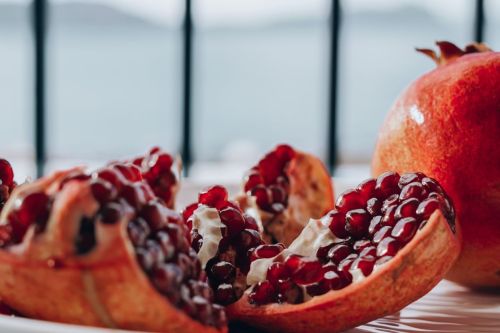Broad bean is the common name of an annual plant belonging to the family Fabaceae, to the genus vetch. It no longer occurs in the wild, although it can still be found in North Africa and Iran. It is cultivated for food purposes. Growing it is not difficult, even in home gardens. For many, it is a delicacy awaited at the turn of June and July.
Priests could not eat it, a special prohibition applied to the priests of the goddess Isis. However, it was regularly offered to the gods and the dead. Sometimes people would eat raw broad beans and fall ill or die. Egyptians associated it with the underworld and considered it unclean food, which is why It was the main course at wakes.
In Greece, broad beans were considered the source of life. Greek athletes ate it before training to improve their performance.
Sometimes broad bean seeds were used in politics as "votes" in elections. Two varieties of broad beans were used during elections by throwing them into the ballot boxes: white (yes) and black (no).
After the great drought in Sicily, when only broad beans survived and the population had something to feed on, thanks were given to St. Joseph precisely for this. To this day, altars with the saint are decorated with broad bean seeds to honor him.
He demanded that the authorities ban the consumption of broad beans because they were believed to cause brain fog and dementia.
It was a great food for poor people, especially during crop failures.
The seeds are lens- or kidney-shaped, light green or light yellow, sometimes brown. The seed length is 35 mm.
It contains a large amount of protein, which is an alternative to animal protein (100 g of cooked vegetables contain 7.6 g of protein). It is a valuable source of folic acid.
However, thanks to its low-fat content and large amount of soluble fiber, it is a desirable ingredient in a slimming diet. It can help control weight because it slows down the digestion process and makes you feel full for a long time.
Favism is an inherited genetic disease caused by a deficiency of the G6PD enzyme.
Bloating and gas are caused by oligosaccharides, which are not digested or broken down by intestinal bacteria.
Young beans whose skin has not yet hardened can be eaten immediately after being removed from the pod. The skin contains the most vitamins.
There should be twice as much water as broad beans with a spoonful of sugar, followed by salt at the end. Young broad beans are cooked for about 15 minutes, and older broad beans for about 30 minutes.












